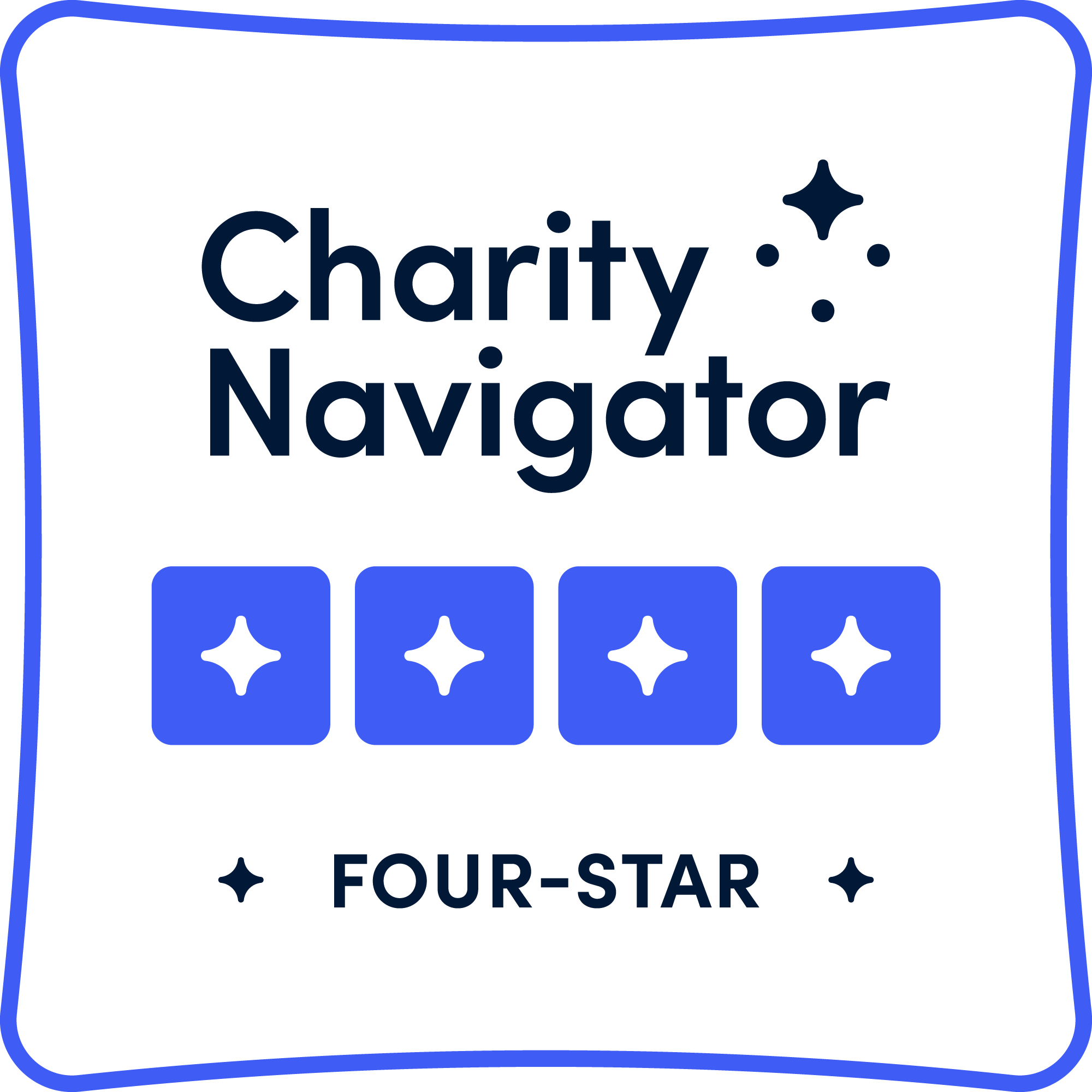Resource Mapping
As of November 1, 2020, National Veterans Intermediary (NVI) is called the Local Partner Network. Older content may reference our original name.
Resource Mapping
In Maine, there is an old saying: “You can’t get there from here.” It’s a folksy quip for travelers seeking direction…and it’s never the answer that the traveler is looking for. It infers that the path ahead is nigh impossible, or at least very inconvenient.
The experience of our Veterans can mirror the Maine traveler’s journey. If when a Veteran reaches out for benefits or assistance, they are often met with a confusing array of choices, inconveniences, and even barriers. A big part of the confusion and frustration arises when organizations don’t collaborate to ease navigation and access to care, services and benefits.
One of the first steps in optimizing Veteran access, experience, and outcomes is understanding what resources are available in the community. An excellent exercise for this is resource mapping. Resource mapping, though, is more than just an exercise. It’s a process, and can bear a product.
There are a few different styles of mapping.
Map Styles
Map Style:
Journey Mapping
What Is it?:
Journey Mapping is a depiction of a person or group’s journey through a process. It helps us to understand the user experience.
Examples:
Above is the VA “Journeys of Veterans” map. It provides a framework to explore and depict the transition process, themes, and Veteran needs at each phase.
This method comes from the design field, using a model called “human-centered design, where a person’s experience is considered at each step of the problem-solving process. It tells the story of a real-life or hybrid Veteran, service member, or military family. Collective impact consulting nonprofit FSG has some excellent real-world examples.
When to Use It:
Use Journey Mapping when examining processes, services, or resources from the perspective of the Veteran, Veteran family and/or caregiver, service member, or military family.
Map Style:
Asset Mapping
Purpose:
This is a resource inventory tool that breaks down assets by category.
Example:
Depicted here, the asset map for Maitland, Australia’s Defence Families Support Group shows five categories of assets: Physical Spaces, Associations, Institutions, Individuals, Local Economy.
When to Use It:
Try asset mapping to brainstorm in groups to identify assets in your community that may serve or reach Veterans–even if the assets are not dedicated for that purpose.
Map Style:
Community Resource Mapping
Purpose:
Community mapping shows community resources, how they interconnect, and how information and/or consumers flow through the system.
Example:
This community resource map shows the Veteran resource ecosystem in Minnesota.
When to Use It:
Use community resource mapping to depict resources in your area, and how they are connected. It may be helpful to create one map depicting the current status of resources, and a second showing how resources might be connected with greater collaboration.
Want to get started? Harvard’s Graduate School of Education offers a great step-by-step guide and workbook on resource mapping.
Here are some other good resources and references:
- Resource Mapping Guide: https://www.vistacampus.gov/resource-mapping
- FSG on resource mapping: https://www.fsg.org/blog?tag=4796
- CIF “Mapping Moving Trains” activity: https://collectiveimpactforum.org/resources/mapping-moving-trains-worksheet-presentation-slides
Does your community use resource mapping? Do you have a resource map you would like to share with other collaboratives? Let us know at Please send to [email protected]! We will add it to our resources – no point in reinventing the wheel!









